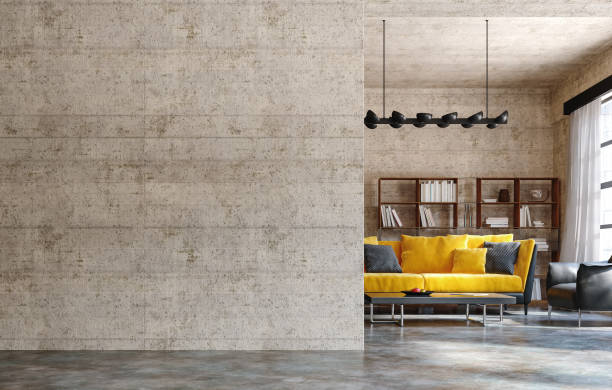The Shift in Real Estate: Multi-Generational Housing
The rise of multi-generational living offers a unique lens into the changing dynamics of the real estate market. As families seek to consolidate expenses and foster closer connections, a new trend has emerged: multi-generational housing. This article explores the historical context, key developments, current market trends, and potential impact of this increasingly popular housing trend.

The Historical Context and Key Developments of Multi-Generational Housing
Multi-generational living isn’t a new concept—its roots go back to early human settlements when families lived together for economic and social support. However, the trend has seen a resurgence in the 21st century, driven by economic, social, and demographic factors.
The 2008 financial crisis and the subsequent economic downturn led many families to consolidate resources and live together. This trend has continued over the years, with millennials struggling with student debt and older generations requiring care and support in their golden years.
Current Market Trends and Financial Insights
The trend towards multi-generational housing has created substantial shifts in the real estate market. According to the Pew Research Center, as of 2018, 20% of the US population lived in multi-generational households—a level not seen since the post-WW2 era.
This shift is impacting the types of homes in demand. Properties with multiple master suites, separate living spaces, and mother-in-law suites are growing in popularity. High-end homes are even incorporating dual kitchens, separate entrances, and detached living units to accommodate multi-generational living.
The Advantages, Challenges, and Impact of Multi-Generational Housing
Multi-generational housing offers several advantages. It allows for shared expenses, provides support for childcare and elder care, and fosters a sense of community within the family. However, it also has its challenges—conflicts can arise due to differing lifestyles, lack of privacy, and financial disagreements.
For real estate investors and developers, this trend presents both opportunities and challenges. The demand for homes designed for multi-generational living is increasing, but so is the need for careful planning and design to cater to these diverse needs.
The Future of Multi-Generational Housing
As societal norms continue to evolve, and economic pressures persist, the trend towards multi-generational living isn’t likely to fade anytime soon. It’s predicted that it will continue to influence the real estate market, shaping the way homes are designed, marketed, and sold.
In conclusion, multi-generational housing represents a significant shift in the real estate landscape. Its implications for buyers, sellers, and investors are profound and are likely to continue shaping the industry in the years to come. By understanding this trend, all parties can navigate the market more effectively and make more informed decisions.






